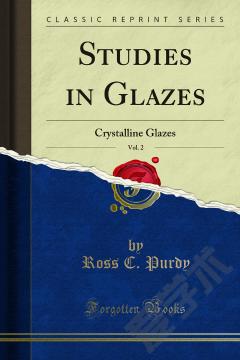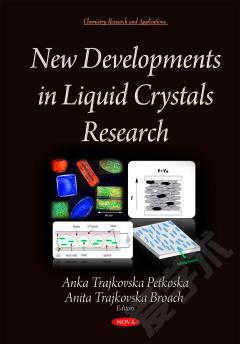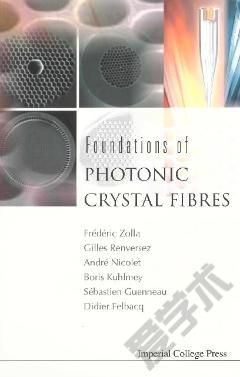Studies in Glazes —— Crystalline Glazes
----- 釉面研究
One fact in connection with the time-temperature treatment was developed in these studies, which permitted the shortening of the total time required for each burn, viz., that the rate of raising heat did not seem to affect the character of crystallization, unless the heat raised so rap idly as not to permit complete fusion of the entire glaze mass. Inasmuch as each glaze used in the various blends had been rendered homogeneous by fritting, and the thick saggers and heavy brick work of the kiln necessarily made the raising of heat a comparatively slow process, it may be said that under these conditions the heat may be raised as rapidly as possible. The cooling. The question of cooling seems the all important one. Slow cooling was accomplished by two methods, first, by continuing the firing with a bare spot on the grate, and, second, by drawing the fire and sealing the kiln completely. The second method proved to be the bet ter, for the results by the first method were far from con sistent from burn to burn.
{{comment.content}}








 京公网安备 11010802027623号
京公网安备 11010802027623号